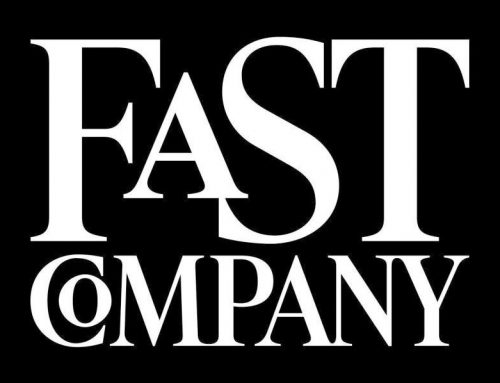Crafting A Trustworthy Persona Online Makes Difference In Landing A Loan—And Even Paying It Back.
- Peer-to-peer lending online connects borrowers and lenders who have never met.
- Lenders on startup digital platforms typically assess traditional metrics like credit – and the often unverifiable narratives written by borrowers on open-text boxes.
- These narratives are surprisingly influential with lenders – and can be surprisingly accurate about borrowers.
Startup digital platforms have vastly changed the lending business. For better or worse, individuals can now secure personal loans without ever meeting a banker. Most often, lenders judge a borrower’s credit risk through traditional metrics, such as a credit score, and the less intuitive tool of a short, optional open-text field where a borrower can type anything that occurs to him or her.
With so little to go on, how does a retail investor decide if the exchange is worthwhile?
Scott Sonenshein and Utpal M. Dholakia, both professors at the business school, think that the open-text field plays a big role. In a recent study with University of Delaware colleague Michal Herzenstein they tested this theory, hypothesizing that borrower narratives shape several outcomes of personal loans.
Even when those narratives make totally unverifiable claims, the researchers argued, they still influence lender choices. This is because loan narratives give a glimpse into what a borrower believes himself or herself to be. Oddly, these beliefs seem to actually shape the borrowers’ future choices.
To test their theory, the researchers turned to the original and second largest peer-to-peer lending platform, Prosper Marketplace. Combing through a year of personal loan data, they found a portrait gallery’s worth of identity claims: trustworthiness, success, hard work, economic hardship, morality and religiousness. These self-crafted identities, the scholars found, affected loan funding. Not only that: connotations linked to specific word choices statistically affected lending interest rates and repayment.
Borrowers who described themselves as trustworthy and successful were more likely to get loans. They also repaid these loans ahead of time and landed lower interest rates. On the other hand, claiming to be successful did not predict actually paying a loan back.
Self-applied labels of moral probity and economic hardship also correlated with loan repayment—but in opposite ways. Moral claims positively predicted loan repayment. Perhaps, the researchers speculated, a self-regulatory mechanism also drove these individuals to deliver.
Conversely, when an applicant told of economic hardship, it predicted a lower rate of loan repayment. Lenders often funded loans for these borrowers, but the borrowers often seemed to lack either the ability or willingness to pay back.
Written or spoken, the Rice scholars concluded, stories remain a powerful tool to get personal loans. Online at least, these narratives even shape interest rates and performance. In the thinly regulated new world of digital peer-to-peer lending, thoughtful borrowers and lenders can both gain an edge by paying attention to stories. For borrowers, digitally crafting a responsible life story can make the difference in landing a loan. For lenders, a shrewd read of these stories can yield a treasure trove of clues about whom to trust.
Scott Sonenshein is a professor of management and Utpal Dholakia is a professor of marketing in the business school at Rice University.
Herzenstein, M., Sonenshein, S., & Dholakia, U.M. (2011). Tell Me A Good Story and I May Lend You My Money: The Role of Narratives in Peer-to-Peer Lending Decisions. Journal of Marketing Research, 48(SPL), S138-S149.



